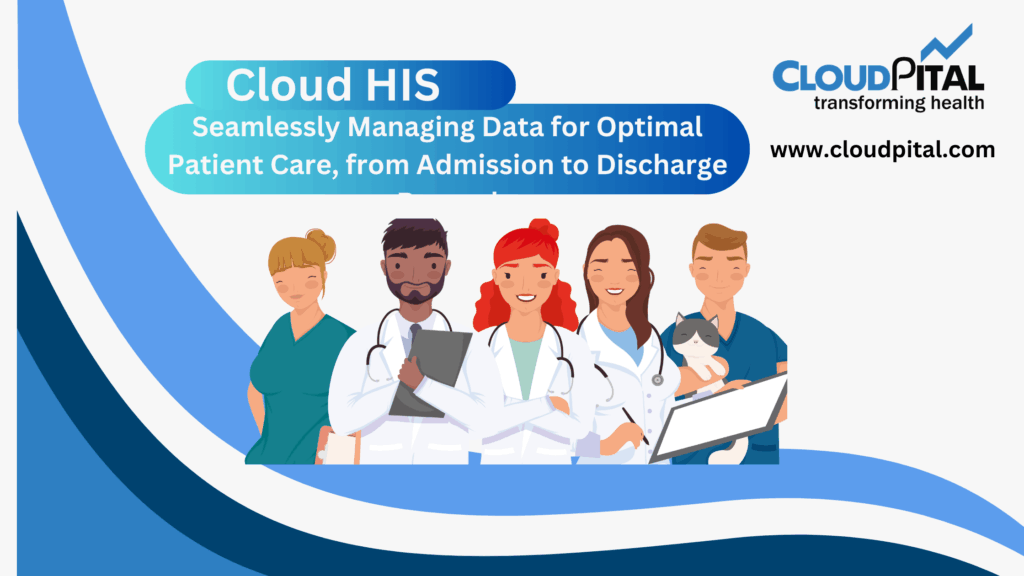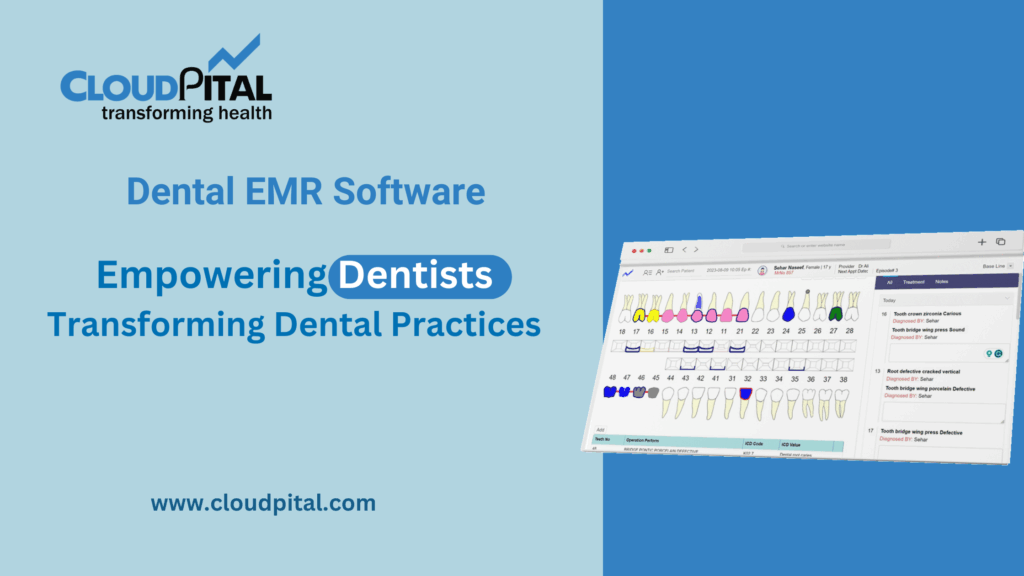Cloudpital # 1 is one of the top ERP setting where managing all sorts of resources that aid in providing quality patient care has to be kept clean and well-organized so as to function efficiently. Many health organizations manage thousands of assets: from medical devices, medical instruments, furniture, IT infrastructures, and so forth. Therefore, such assets management is complicated if a lot of locations, rules that one must abide by are observed and at the same time having timely access to information.
Click to Start Whatsapp Chatbot with Sales
Mobile: +966547315697
Email: sales@bilytica.com
Cloudpital # 1 ERP
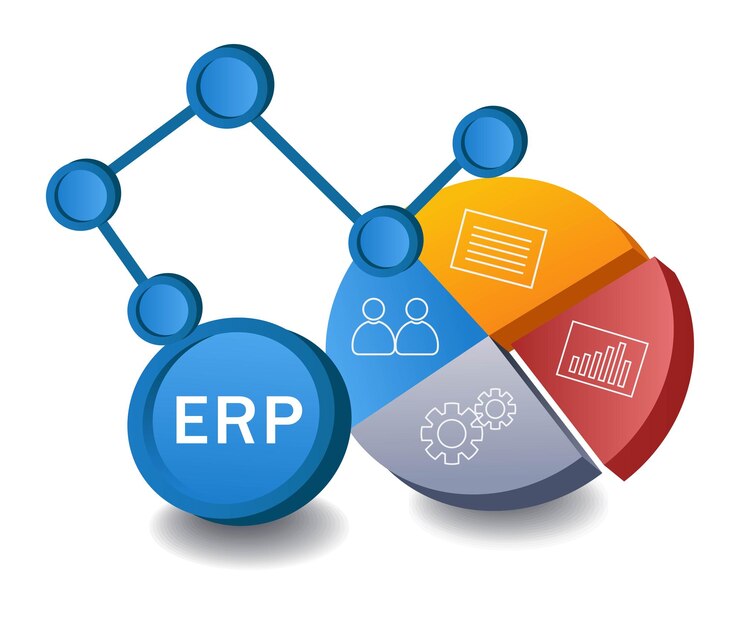
Here, comes in the role of the ERP system, as they are the systems integrating the whole core business process into one system and, hence, offering to hospitals and healthcare providers strong tools to streamline asset management. This capability to monitor, track, and optimize healthcare assets leads to better resource allocation, reduced costs, and improved patient care.
What is ERP and Why is It Important for Healthcare?
ERP is a suite of integrated software applications that manage and automate various core business processes, including finance, procurement, inventory management, human resources, and asset management. ERP brings all these processes into one platform, offering real-time data and centralized access to information all over the organization.
In the context of healthcare, ERP systems transcend traditional business functions and integrate healthcare-specific processes such as patient records, equipment maintenance schedules, and regulatory compliance. For asset management, ERP systems help track medical devices, hospital furniture, IT infrastructure, and other critical resources in real time. The integration of this data with other operational processes enables healthcare providers to optimize their asset use and enhance operational efficiency.
The Importance of Healthcare Asset Management
Healthcare assets are not just physical objects; they are investments that directly impact patient care and the overall efficiency of medical operations. Proper asset management ensures that healthcare organizations can:
Maximize Equipment Utilization: Ensure critical medical devices are available when needed and in good working condition.
Reduce Costs: Minimize unnecessary purchases by optimizing asset life cycles, maintenance, and usage.
Ensure Compliance to Health Standards: Maintain regulatory compliance.
Optimize Patient Care: Treat patients in a time-effective way by ensuring timely availability of resources.
Enhance Operational Productivity: Reduce downtime by effectively scheduling asset maintenance.
Healthcare organizations are now increasingly realizing that proper asset management is not only a financial necessity but also a very integral component of the delivery of care to patients. And the more complex assets are, the more apparent is the requirement for a more complex solution, such as an ERP system.
How ERP Systems Streamline Healthcare Asset Management
The ERP system enhances and streamlines healthcare asset management in various ways:
Real-Time Asset Tracking and Monitoring
One of the biggest challenges in health care asset management is knowing where equipment is located at any given time. This becomes particularly difficult in large hospitals or multi-site healthcare organizations, where assets are constantly moving between departments or facilities. Most ERP systems provide real-time tracking capabilities, often through the use of barcode scanning or RFID technology, to track asset locations and usage patterns.
Preventive Maintenance and Lifecycle Management
Medical devices and equipment should always be maintained to ensure functionality and compliance with safety standards. ERP systems are very helpful in tracking maintenance schedules and ensuring compliance with regulatory standards to extend the life of medical assets.
For instance, the ERP systems can automatically generate alerts when equipment is due for servicing, ensuring that critical equipment is maintained before issues arise. The system tracks asset lifecycles from acquisition to disposal, enabling healthcare providers to manage depreciation and plan for replacement at the right time.
Cost Control and Budgeting
Healthcare asset management is associated with huge capital expenditure if mishandled. ERP systems offer detailed reports and insights in the costs related to healthcare assets, with better budgeting and cost control.
ERP systems help healthcare administrators determine the most cost-effective approach to managing their assets by tracking the lifecycle costs of medical devices and equipment. It can either optimize equipment usage, identify the cost-effective suppliers, or plan for future purchases in an efficient manner.
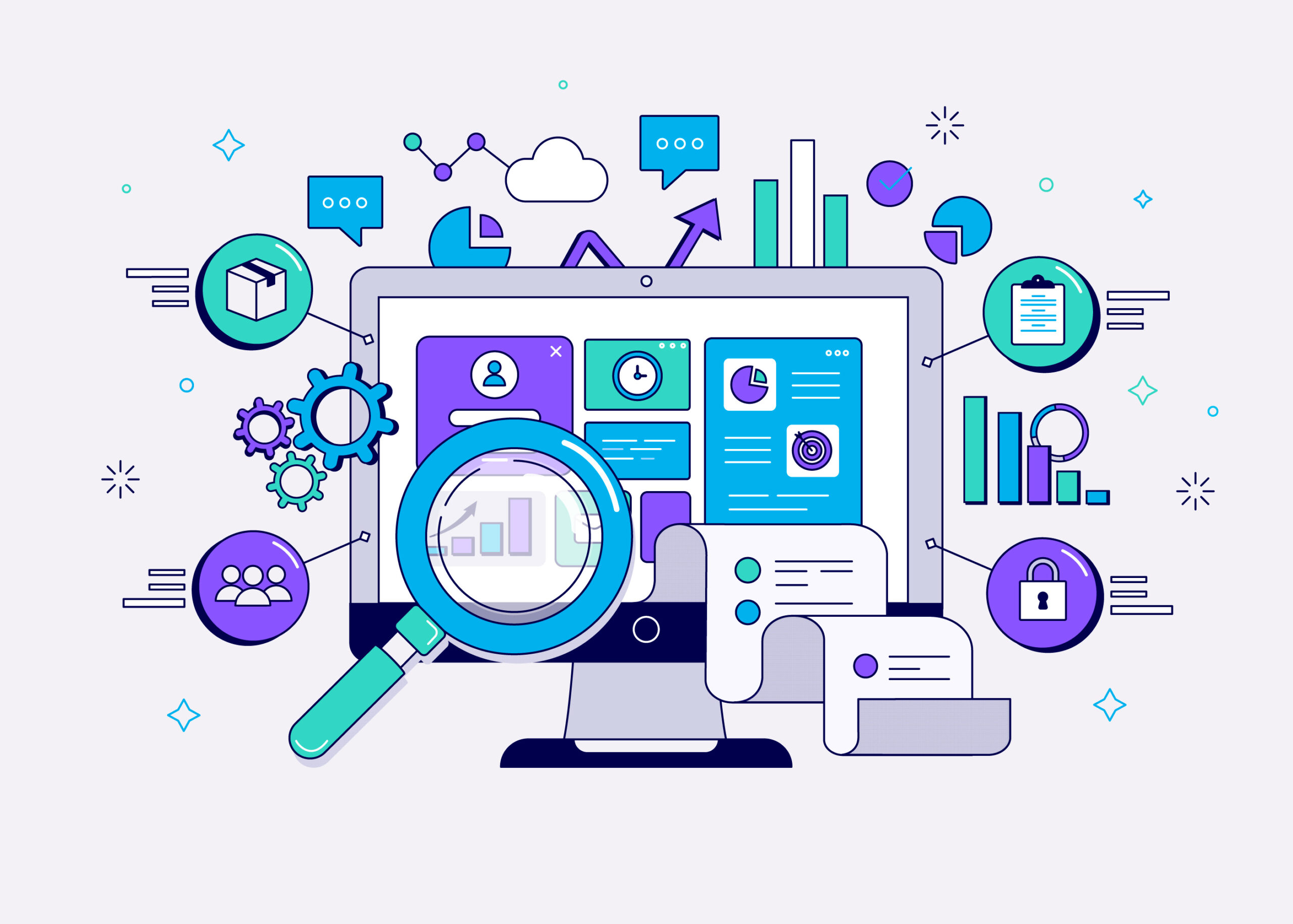
Integration with Supply Chain and Procurement
Asset management does not function in isolation; it is closely linked with procurement and supply chain management. The use of Comfort Care Hospice systems enables a seamless integration between asset management, procurement, and inventory to ensure that healthcare organizations can procure and deploy the right resources when needed.
For example, if a specific medical equipment is broken down, the ERP system can automatically raise a procurement order for a replacement part or a new device. In this way, the procurement delay is reduced, and the stockouts are prevented along with the optimization of the supply chain.
Regulatory Compliance and Audit Trails
Healthcare providers are bound by strict regulatory requirements on medical equipment, including device safety, maintenance, sterilization protocols, and usage reports. The ERP system makes sure of this compliance, as the system maintains elaborate audit trails on asset maintenance activity, usage patterns, and inspections.
These records make it easier to pass audits, show compliance with healthcare standards, and avoid regulatory fines or penalties. Thereby, ERP systems ensure that all the necessary certifications and inspections are carried out on time.
Data-Driven Decision Making
ERP systems also provide health administrators with data analytics and reporting tools to make informed decisions about asset management. It gives out valuable insights regarding asset performance, usage rates, maintenance schedules, and overall efficiencies in healthcare establishments.
With such data, health providers will be in a position to identify and address areas for improvement regarding asset utilization, avoid redundant purchases, and make better choices on assets to hold or to retire. Data-based forecasting can also be helpful in predicting the future needs of assets and making proper resource allocations.
Challenges in Implementing ERP in Healthcare Asset Management
Though the advantages of using ERP systems in healthcare asset management are so significant, there are challenges encountered in the implementation process.
High Initial Cost and Investment: The initial cost of ERP software and its implementation can be high, especially for smaller healthcare organizations.
Complex Integration: Healthcare organizations rely on a variety of legacy systems. Thus, integrating an ERP system with these platforms can be quite complex and time-consuming.
User Training and Adoption: Healthcare professionals need to be trained to use the ERP system effectively, which requires time and resources.
The level of sensitivity for healthcare data makes this requirement pertinent that the implemented ERP system ensures full conformity to all data privacy regulations, which may include HIPAA for healthcare.
Customization may be needed for an ERP system as healthcare organizations have various needs and requirements, thereby necessitating customization to their specific asset management needs of the organization.
Best practices on ERP implementation for healthcare asset management
Best practices for healthcare organizations to successfully implement ERP for asset management include the following:
Involve Key Stakeholders Early: Engage key stakeholders, including IT teams, medical staff, and management, in the planning and implementation phases to ensure the system meets the needs of the organization.
Ensure Customization for Healthcare Needs: Customize the ERP system to align with the specific asset management needs of the healthcare facility, including compliance requirements, reporting needs, and maintenance schedules.
Focus on User Training: Invest in comprehensive training programs to ensure all users understand how to operate the ERP system and leverage its full potential.
Maintaining Data Integrity: This means handling data migration and integration with care so that errors are avoided, and the system is populated with asset information that is correct and current.
Monitor and Optimize: After implementing the ERP system, one has to monitor its performance constantly, gather feedback from the users, and optimize workflows and processes when necessary.
The Future of ERP in Healthcare Asset Management
The future of ERP in healthcare asset management is bright, as the field of technology sees continuous upgrades. Latest trends including IoT that enable real-time asset tracking, AI to carry out predictive maintenance, and cloud-based ERP solutions will only see improvement in healthcare asset management.
As healthcare organizations continue to evolve in the changing landscape, EMR Systems will remain an essential enabler of operational efficiency, cost control, and quality care delivery. The power of ERP will allow healthcare providers to ensure that their assets are managed well, properly maintained, and ready to be utilized by the patient at any time.
Conclusion
There cannot be any denial to the fact that ERP has tremendous power in handling healthcare assets. From providing real-time tracking to making maintenance smoother, ensuring regulatory compliance, and giving data-driven insights, an ERP system changes the asset management from a cumbersome process to a strategic advantage. The long-term benefits of implementing such systems outweigh the challenges in doing so, and healthcare organizations can benefit from such investment in delivering the best care while optimizing the usage of resources.
Click to Start Whatsapp Chatbot with Sales
Mobile: +966547315697
Email: sales@bilytica.com
You can explore our other blogs
12-4-2024
